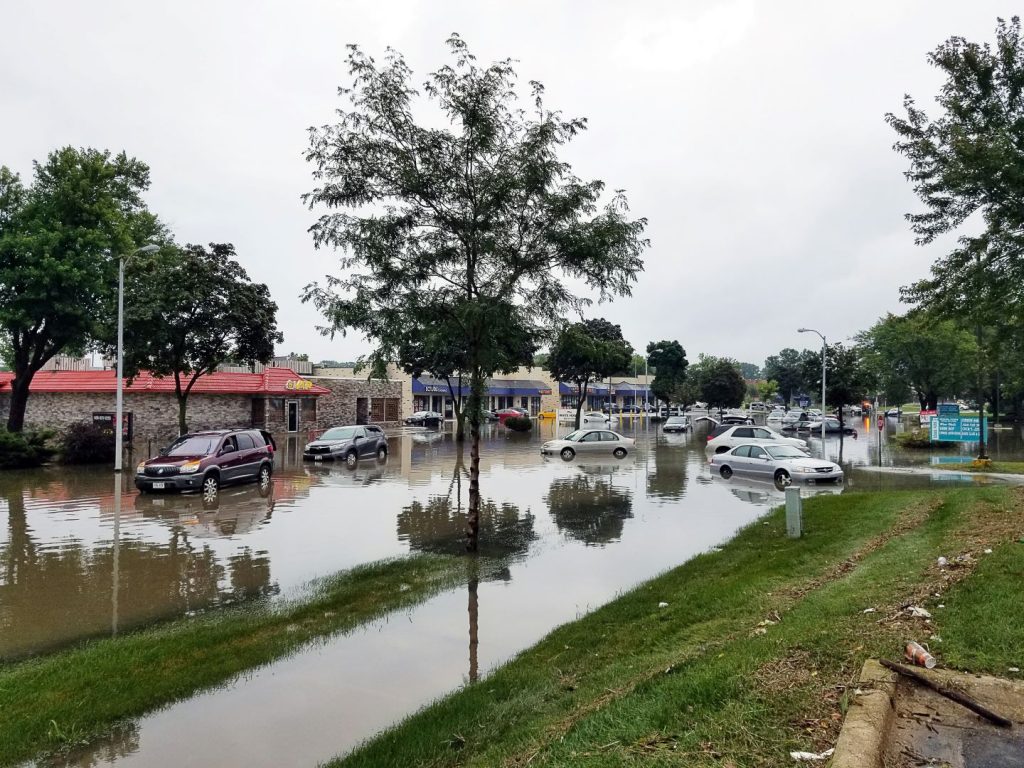A Washington Post analysis shows that Federal Emergency Management Agency (FEMA)’s flood maps, which rely on historical data, vastly underestimated the flood risk for homes devastated by Hurricane Helene in North Carolina. First Street Foundation‘s data revealed that seven times more properties were at risk than FEMA’s maps indicated. The outdated flood maps don’t account for climate change, intense rainfall, or smaller water bodies, leading to significant gaps in flood risk awareness.
FEMA itself acknowledges that 40% of claims in its National Flood Insurance Program come from outside the high-risk flood zones identified on its maps. Although flood insurance from this federal program is available for all homes, residents may not be aware of the need to address flood risk. As a result, many homeowners were uninsured, underscoring the need for more comprehensive and regularly updated risk assessments to ensure better insurance coverage and protection.
Updating the flood maps is complicated by political and financial factors, as residents often resist changes that increase costs. In addition, flood maps go through a lengthy public approval and expert review process. Updating maps for a region can take an average of seven years to complete, even though Congress officially requires they be updated every five years.
Factoring in additional data into this already lengthy process could introduce further delays, especially when homeowners are not accustomed to changing risks such as extreme rainfall. The need for climate adjusted models that use shorter periods of record to assess flood risk is complicated by the implications of showing expanded flood risk.
When it comes to FEMA’s maps, high-risk flood zones come with requirements that raise costs for buildings and insurance policies and, in certain cases, inhibit development. Though the First Street Foundation has managed to provide more comprehensive analysis, it is not the public source of reference for communities across the country. These discrepancies pose a challenge for both insurers and policymakers in effectively managing future climate risks.

